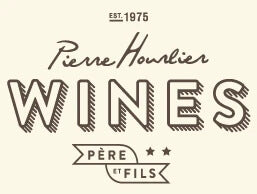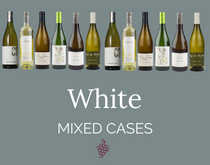Monocépage - Single Grape Wines

Monocépage wines, also known as mono-varietal, make most of the wine today, particularly from New World wine regions. However, this type of wine is nothing new. In fact, there are dozens of monocépage wines in traditional wine-making countries, including France, and they’re all worth exploring.
Let’s discuss monocépage wines, their characteristics, and why they’re some of the most exciting wines on the market. To understand the category, let’s define monocépage wines and their counterparts: blended wines. Finally, let us share our favourite monocépage wines in our catalogue.
What is monocépage?
All wine is made with the fruit of same species of grapevines, the famous Vitis vinifera. However, the specie has many varieties, some red and others white. When making wine exclusively with one of these varieties, you’re creating a monocépage wine.
The benefit of drinking monocépage wine is getting to know a grape in greater detail. To learn how wine made with a particular grape tastes, you must taste it independently and not blended with others. Famous wine regions that champion monocépage wines include Burgundy and Sancerre.
Monocépage wine makes sense: after all, different varietals thrive in various soils and climates. Producers grow the varietals that work best in their terroir and make wine from them. However, this wasn’t always the case. In fact, there was a time when most wines were made with a combination of grapes.
What is assemblage?
Blended wines, still popular today, were prevalent in the old days. Centuries ago, grape growers were unsure of the grapes planted in their estates. Different varietals were planted together indiscriminately, so vinifying their fruit in one batch was easy. However, blending has its benefits.
Assemblage is the art of assembling the finished wine by combining grape varieties or wines. Typically, a winemaker might blend a low-acid grape with an acidic one or a light-coloured one with a darker one to make the final wine greater than the sum of its parts. Blending grapes is still typical of regions as famous as Bordeaux, the Rhone Valley and Champagne.
Which is better? Both monocépage and assembled wines are equally enjoyable. However, it is arguably better to get to know the world’s most famous grapes individually before trying them as part of an ensemble. Here is a list of monocépage wines to try.
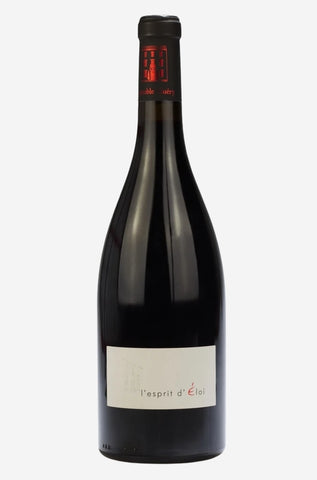
|
1. Chateau Guery L’esprit d’Eloi Petit VerdotThis fantastic red wine from Southern France is made exclusively with Petit Verdot, which is rare. Petit Verdot is usually used in tiny amounts in Bordeaux blends, as it adds floral notes to the famous red blend. When turned into a mono-cepage wine, the noble grape results in a dark purple wine with intense notes of violets and jammy fruit. Chateau Guery is one of the few estates in France producing mono-varietal Petit Verdot; they have mastered the art of growing the late-ripening grape, and the result is nothing but exciting. Guery’s Petit Verdot pairs well with grilled red meat and other flavorful meals. |
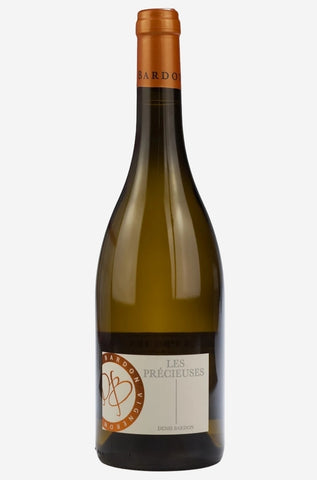 |
2. Domaine Bardon Les PrecieusesThe best thing about drinking mono-cepage wines is that you get to try wine made with grapes you didn’t even know existed. That’s the case with Domaine Bardon Les Precieuses, a refreshing white wine made with Fié Gris, also known as Sauvignon Rosé. The Loire Valley is famous for its mineral Sauvignon, but this one is different — it has a seductively smooth palate featuring notes of citrus and honey. Fié Gris might be one of the most ancient Sauvignon varietals, probably predating the more famous Sauvignon Blanc. Enjoy this beauty with fish or soft cheese. |
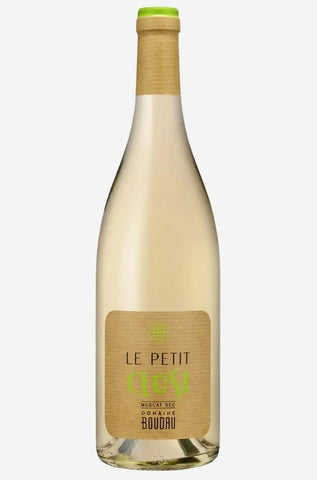 |
3. Domaine Boudau Petit Closi Muscat SecMuscat is an ancestral grape family, and it thrives on the sandy Mediterranean coast, where the days are sunny and the weather is warm. This is one of the most famous grapes used in mono-cepage wines, and it is because it has it all — enticing aromatics, acidity and plenty of sugar. Although many Muscat wines are sweet, Domain Boudau makes one of the finest dry examples with grapes from its vineyards in Côtes Catalanes. Siblings Pierre and Veronique show why Muscat is one of the most popular varieties on earth. Enjoy as a meditation wine or with semi-sweet desserts. |
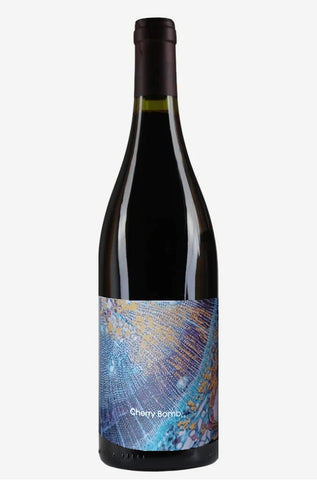 |
4. Domaine Villepeyroux Forest Cinsault Cherry BombTraditionally, winemakers blend Cinsault with other red grapes from the Rhone Valley, including Syrah, Grenache and Mourvedre. However, Cinsault produces refreshing and aromatic wines when fermented on its own. Domaine Villepeyroux Forest, in the heart of Minervois, crafts a unique mono-cepage with the grape, resulting in a bright red wine with powdery tannins and an intense bouquet redolent of red fruit with hints of black pepper. This is an easy-to-drink wine that goes well with charcuterie — the kind that rises to the occasion. |
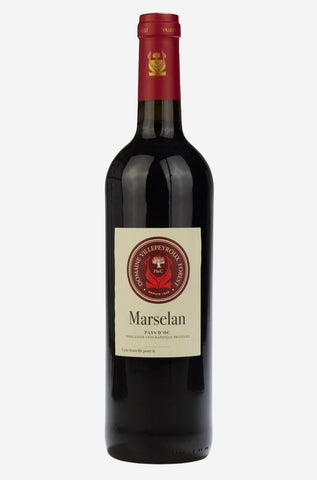 |
5. Domaine Villepeyroux Forest MarselanNot all grapes are ancient. Some have been bred recently with exciting results. That’s the case with Marselan, bred for the first time in 1961, it is now a promising varietal that grows marvellously in Languedoc-Roussillon. Marselan vines produce small, concentrated berries that result in intensely flavourful wine. Domaine Villepeyroux has helped bring international attention to the grape with its beefy red wine made exclusively with it. Expect ripe and overripe fruit aromas over a balanced palate — ideal with stews and casseroles. |
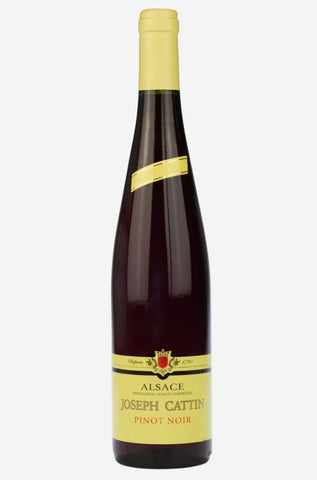 |
6. Joseph Cattin Pinot NoirPinot Noir is almost always turned into mono-cepage wine. With such noble traits, it’s easy to see why winemakers don’t want to blend it with other grapes. And although Pinot Noir grows in every wine-making country, there’s something special about cold-climate Pinot. Only in northern latitudes does the grape show its most delicate personality. Joseph Cattin, a traditional Alsatian winery, produces a beautiful pale wine with estate-grown Pinot. The result is fragrant and delicate, elegant and refreshing. This is the perfect wine for oily fish like salmon and tuna, but also goes well with vegetarian dishes. |
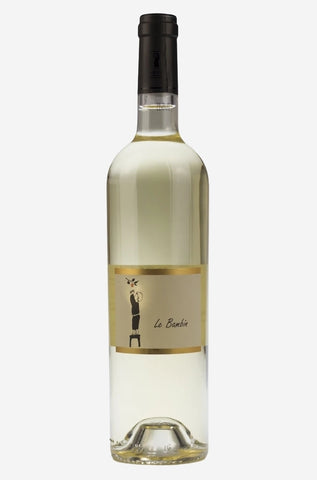 |
7. Chateau de Rousset Le BambinProvence is well known for its outstanding rosé, but the region is also ideal for making refreshing white wine with a Mediterranean feel. Chateau de Rousset produces a wonderfully fragrant white with Viognier, a noble varietal and the most famous aromatic white grape on earth. Expect dried orange peel, saffron, honey and flowers on the nose over a dry and silky medium-bodied palate. Few producers truly master Viognier, and those who do create intense wines that elevate any dining experience. Try this straw-coloured wine with white meat in wine sauce and creamy dishes. |
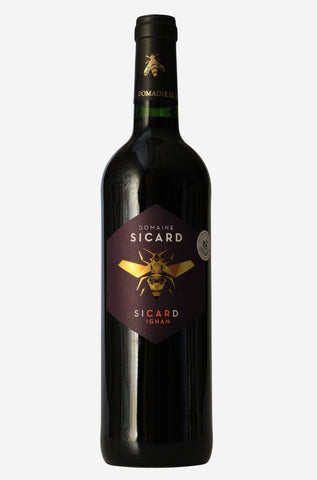 |
8. Domaine Sicard SicarignanCarignan is also a popular blending grape in Southern France. It adds tannin, acidity and colour to weaker wines. Of course, when vinified independently, Carignan produces big, bold wines with complex red fruit and spice aromas. Four generations of grape growers have turned Domaine Sicard into a must-try in Languedoc-Roussillon, where Carignan feels at home. Their Sicard Sicarignan is becoming their flagship wine and proves that grapes known for their role in blended wines can produce extraordinary results when vinified on their own. What are your favourite mono-cepage wines? |
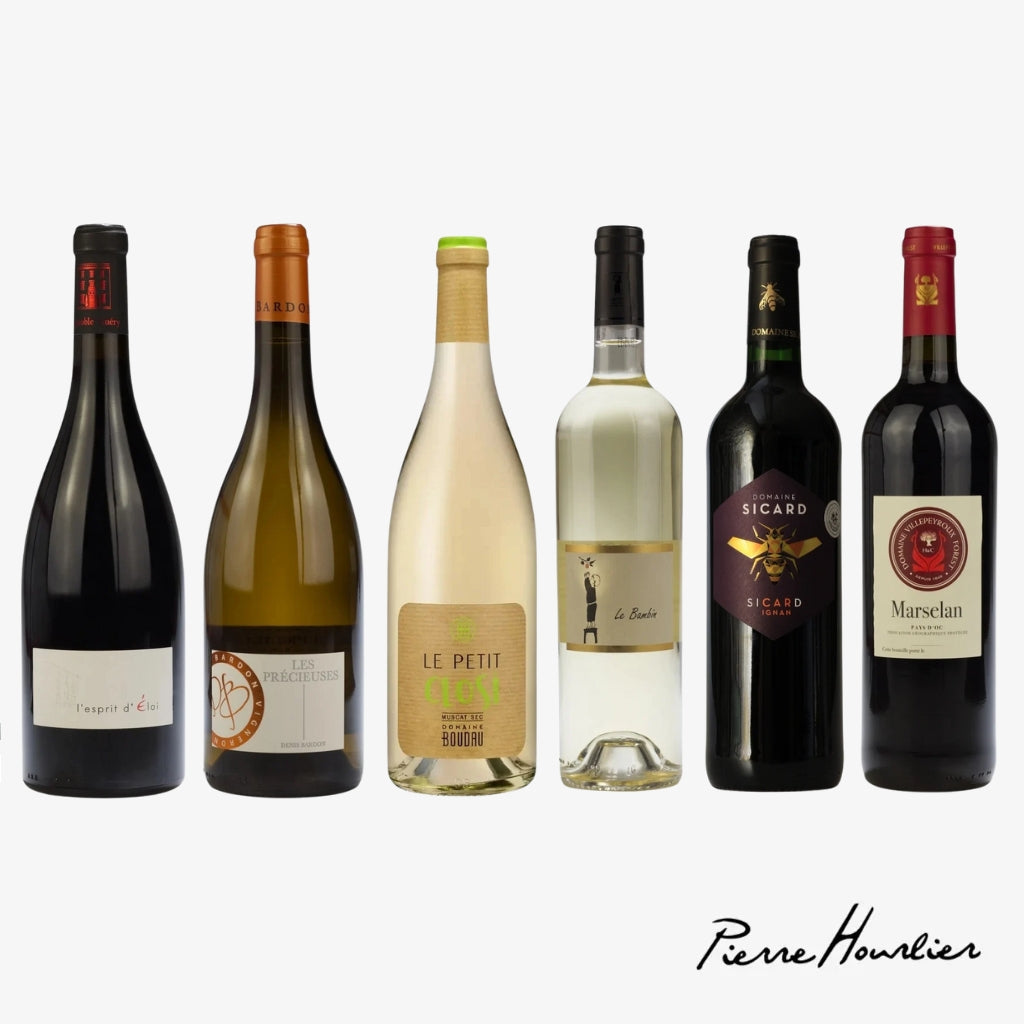 |
Why not try the Monocépage 6 Bottle Mixed Case? Featuring wines from the above and available for £79.50. Click the picture to the left to find out more... |
